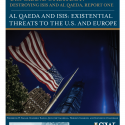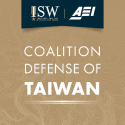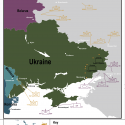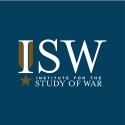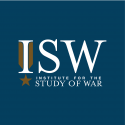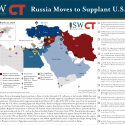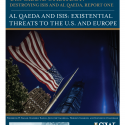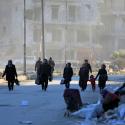Al Qaeda and ISIS: Existential Threats to the U.S. and Europe
The Institute for the Study of War and AEI's Critical Threats Project conducted an intensive multi-week exercise to frame, design, and evaluate potential courses of action that the United States could pursue to defeat the threat from ISIS and al Qaeda in Iraq and Syria. This first report examines America’s global grand strategic objectives as they relate to ISIS and al Qaeda and considers the nature of those enemy groups in depth and in their global context.


